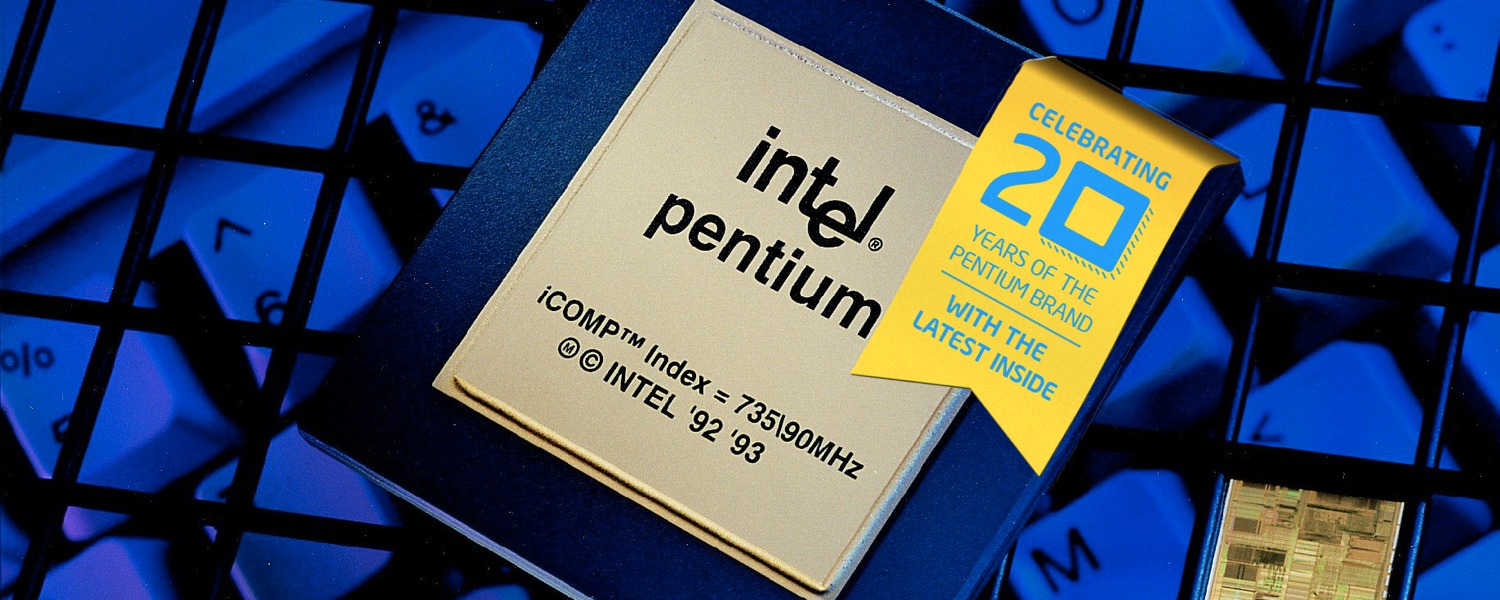mATX Build Core Components
Asrock Z97M Anniversary
The microATX version of the Z97 Anniversary is a slick motherboard that does away with a few PCI Express slots in favor of better connectivity.
Also missing from the menu is Asrock's Super Alloy feature, meaning a premium alloy choke and NexFET MOSFET are off the table. That being the case, you would expect the Z97M Anniversary to be even cheaper, though right now we cannot confirm if it is or not, as it is yet to become available.
Still, what the Z97M Anniversary has plenty of is graphic outputs, as it includes VGA, DVI and HDMI, whereas the Z97 Anniversary only features a HDMI output.
The ELNA audio caps are nifty feature for gamers on both motherboards. The ELNA audio caps are not a feature often, if ever, found on mainstream and entry-level motherboards. Compared to traditional solid caps, the leakage current of ELNA audio caps is merely 3uA. This is the key to reducing noise level significantly.
Asrock has also employed other quality component features, such as full spike protection which includes surge protection, lightening protection and ESD protection. Surge protection protects the motherboard from excessive surges from the power supply unit. Lightening protection means that the onboard LAN chip is protected against sudden and violent voltage spikes caused by lightning. Finally ESD protection covers USB ports, the LAN port and MOSFETs from electrostatic discharge.
Kingston Fury DDR3 8GB 1866MHz
Again we have gone with a DDR3 8GB memory kit, but this time a more affordable 1866MHz pair from Kingston has been chosen. The Fury DDR3 8GB 1866MHz kit can be had for $75 and gamers can choose from four different colors.
The Fury DDR3 series offers speeds of 1333, 1600 and 1866MHz with CL9 and CL10 timings at 1.5v for capacities of 8GB and 16GB.
Silverstone Argon Series AR02
This time we aren't blowing $100 on the CPU cooler, in fact we aren't even spending half that amount. Instead, we are dropping just $28 on the Silverstone Argon Series AR02. The Argon Series has been growing in popularity amongst budget users for years now for the simple reason that it provides strong performance at an unbeatable price.
The heatsink measures 134H x 92W x 50D mm and weighs 330g, making it very compact and lightweight. The heatsink is also armed with a trio of 6mm thick copper heatpipes that connect directly to the CPU using Heat-pipe Direct Contact (HDC) technology.
The package comes with a 92mm PWM Hypro Bearing fan that spins at 1200 to 2800 RPM and pushes up to 56CFM of air while producing 16.4 to 24.5dBA of noise.
The AR02's compact body makes it ideal for MicroATX systems, while its universal design means that it can be used with both AMD and Intel hardware. Better yet, priced at only $28 for a complete HSF assembly, the AR02 is one of the most affordable tower coolers money can buy.
HIS Radeon R9 270
The Radeon R9 270 is essentially the same graphics card as the 270X except its core clock speed which is 12% lower at 925MHz opposed to 1050MHz. With $100 and $170 to spend on a gaming GPU the options include a GTX 750, GTX 750 Ti, R7 260, R7 260X, R7 265 or R9 270. Of those options, we believe the Radeon R9 270 is by far the best value, even if it is a rebadged and underclocked HD 7870.
There are plenty of R9 270 variants to choose from and we went with the HIS R9 270 iPower IceQ X² Boost Clock 2GB. Although this is a stock card in terms of operating frequencies, the upgraded dual fan cooler and power delivery system mean it's primed for some serious overclocking out of the box.
If you can afford to spend another $50 on a GPU, the R9 280 is a worthy upgrade as it's up to 40% faster and costs just 30% more (it's a rebadged Radeon HD 7950).
Getting back to the HIS R9 270 iPower IceQ X² Boost Clock 2GB, the card has been fitted with a dual fan version of the IceQ X² cooler featuring a pair of dual axial 80mm fans with Q&C fan blade technology, which HIS says increases air velocity making cooling more efficient while keeping noise levels at a minimum. The heatsink boasts three 6mm copper heatpipes, a 62x62mm over-sized copper base while the card also includes memory and MOSFET heatsinks.
The R9 270 features the standard single 6-pin PCIe power connector, but the onboard power circuitry has been upgraded with Dr. Mosfet as well as an 8-phase PWM design rather than the standard 7.





